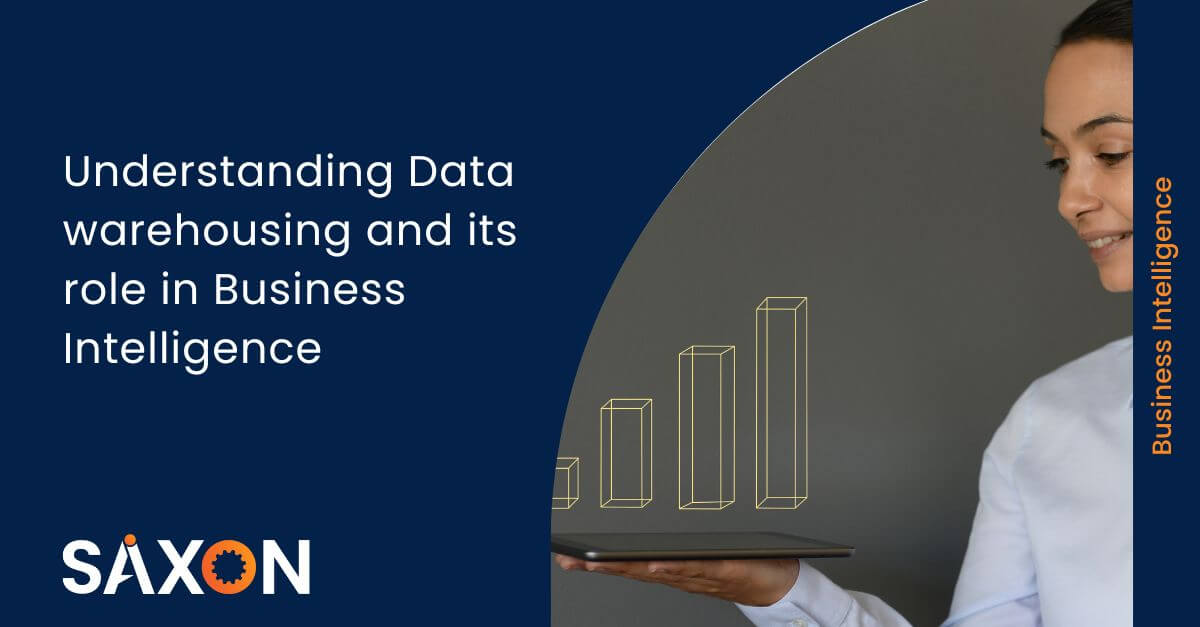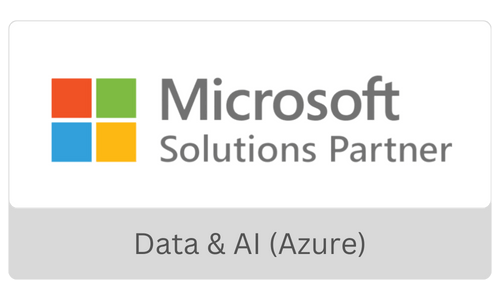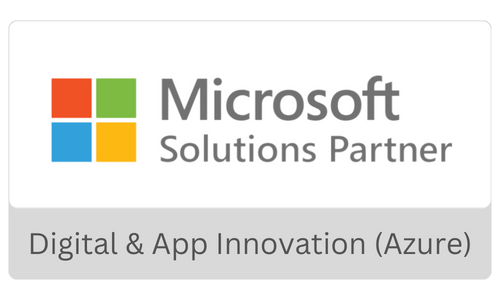As a business leader, making the right and timely decisions is paramount. The days of making decisions based on intuition or educated assumptions are long gone, or at least they ought to be. Leaders of today can now make decisions based on current data. With industries generating zettabytes of data, how do business leaders tap into this immense potential for business growth? Data is one of the most powerful tools for enterprises in the business world today. As a result, new technologies are emerging to collect, store, and analyze vast volumes of data, altering how firms operate. Organizations leverage data warehousing and business intelligence as two essential tools to optimize their data efforts.
Data Warehousing
A large, central data storehouse designed to support business intelligence-related processes is known as a data warehouse. A data warehouse arranges and organizes data in a way that makes it simpler to access and analyze, making it an effective tool for decision-making. Using the ETL (extract, transform, and load) procedure, it functions as a central data repository that aggregates data from numerous sources.
Data warehousing comprises several processes, which are data loading, transformation, and extraction. An enterprise can typically choose to extract data from a variety of sources, such as databases, APIs, web scraping, spreadsheets, text files, and IoT devices. After that, transform the information into standard formats for straightforward analysis and save it in data warehouses for simple access whenever required.
Components of Data Warehousing
The following are the main elements of data warehousing:
Data sources, which can be internal or external, are the systems that produce data. They can be divided into three categories: first-, second-, and third-party sources. Relational databases, flat files and XML datasets, APIs and web servers, web scraping, data streams, and feeds are a few prominent examples of data sources.
ETL (extract, transform, and load) tools collect data from various sources, format it in accordance with a standard format, and then load it into a data warehouse. Real-time streaming event data is generally processed using ETL tools. Microsoft SQL Server Integration Services is one such example.
Data warehouse: This is where all the data is kept in one location. Built to handle enormous volumes of data, the data warehouse is optimized for reporting and analytics. Microsoft Azure SQL Data Warehouse is one of the well-known examples of data warehouse.
Business intelligence tools are used in accessing, retrieving, and evaluating the data stored in a data warehouse. These consist of dashboards, reporting tools, and tools for data visualization, notably Microsoft Power BI.
Advantages of Data Warehousing
Some of the advantages are:
- Consistent, accurate, and up-to-date data is maintained in a central repository.
- It provides a complete and comprehensive view of the data, making it easier for businesses to see trends, patterns, and opportunities and enhance overall decision-making.
- Quicker information access through quick and simple data retrieval allows organizations to make informed decisions immediately.
- It lowers the cost of data analysis and upkeep by merging data from many sources.
- It provides a wide range of scalable solutions for companies of all sizes due to its ability to manage enormous volumes of data.
Business Intelligence
The process of obtaining, analyzing, and presenting data for business decision-making is known as business intelligence (BI). The process encompasses assembling the data from numerous sources using a range of tools and processes, cleaning it up, and transforming it. It is then presented to decision-makers in an understandable and succinct manner. BI aims to give businesses insightful data to make strategic decisions that encourage expansion, increase productivity, and improve customer satisfaction. Also, it assists businesses in foreseeing potential risks and challenges, positioning them to take protective measures and stop any financial issues.
Significant sections of Business Intelligence
Data collection
This stage entails combining data from numerous sources in one place for analytical purposes. For instance, a retail start-up may gather information from point-of-sale systems, customer loyalty programs, and social media site evaluations to identify the variables that affect their sales performance. Customer information, sales statistics, and online reviews are a few types of data the start-up might use.
Data analysis
Once the data is gathered, this step is where businesses draw conclusions and unveil hidden information. For instance, the retail corporation can use technologies like statistical analysis, machine learning, and data mining to undertake data analysis to uncover patterns and trends. With the help of this analysis, businesses can learn about their valued consumers’ demographics, underperforming items, and top-selling products.
Data visualization
The business managers and stakeholders should be able to comprehend the findings practically immediately after the study. Thus, data visualization tools such as charts, graphs, and dashboards are convenient in rendering the data in an appealing and understandable way. For example, the retail company might utilize a dashboard to showcase past sales patterns subdivided by product category or target customer group.
Reports
Reporting encompasses preparing recurrent updates that aggregate the data and provide insights for stakeholders. These reports can navigate business decisions and identify the scope of improvement. The retail company might, for example, create a weekly sales report demonstrating the products that are performing well and those that are not.
Business Performance Management
This step involves making greater use of the information gathered via data analysis. It can entail establishing new strategies or practices or revising the existing ones. For instance, based on the information obtained through data analysis, the retail organization can change its pricing strategy or raise its spending on marketing activities targeting specific customer demographics.
How does Business Intelligence use Data Warehousing?
The complementary technologies of business intelligence and data warehousing combine to provide a complete data analytics solution. Once the insights are extracted from the data using BI tech, it is handled and stored in the data warehouse. Data warehousing acts as a single repository for data from numerous sources, allowing easy extraction, conversion, and loading as per need. Data warehousing assures that the data is accurate, consistent, credible, and secure, which is vital for delivering insights with BI tools.
What role does Business Intelligence play in Data Warehousing?
Business intelligence enables firms to evaluate the data housed in the data warehouse to derive insightful knowledge. That knowledge empowers decision-makers to take well-informed actions that propel business development. Business intelligence systems such as Microsoft Power BI offer self-service analytical abilities that enable business users to access and examine the data kept in the data warehouse without requiring technical know-how.
For instance, a retail firm’s marketing department may use Microsoft Power BI to analyze sales data (kept in a data warehouse) to provide reports on client shopping trends and behavior, monitor the success of marketing campaigns, and find new sales prospects. With low-code features, users can construct interactive dashboards to visualize sales trends. This allows the team to make real-time data-driven choices without depending on IT teams.
How can we help?
What can be better than making data-driven decisions for an enterprise? Check out Saxon’s end-to-end managed business intelligence service offering, InsightBox. It leverages the full capabilities of the Microsoft Power BI platform to provide valuable insights from accurately processed data. Moreover, InsightBox’s services are entirely customizable according to your unique business needs and completely secure when it comes to data-related services. Whether you require data warehousing, data integration, data visualization, or analytics, InsightBox can cater to all your Business Intelligence needs, letting you focus on advancing your business.
Contact us to schedule a meeting today!










